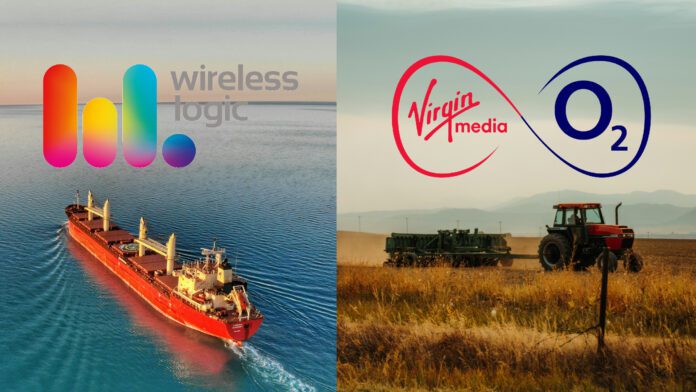IoT airtime provider Wireless Logic has secured reseller rights for SpaceX’s Starlink satellite service. The agreement will see the UK-based mobile virtual network operator (MVNO) integrate low-earth orbit (LEO) satellite connectivity into its portfolio of managed cellular IoT services. It will offer a combined satellite and cellular LTE/5G package in 70-odd countries via Singapore-based Blue Wireless, which it acquired in March last year to bolster its presnce in Asia Pacific and the Americas.
It said the addition of satellite connectivity will expand options for “global IoT and enterprises worldwide”. Blue Wireless is offering guaranteed SLAs on uptime and speed as part of its managed IoT service. Wireless Logic called it a “milestone agreement”. Oliver Tucker, chief executive at Wireless Logic, said: “The addition of satellite connectivity is a game-changer – especially in challenging cross-border environments and areas of weak coverage. Blue Wireless said it will target the energy, agriculture, mining, construction, and maritime industries.
Meanwhile, UK-based mobile operator Virgin Media O2 (VMO2) has also struck a deal with Starlink to boost mobile services in the remote locations, as part of the UK’s Shared Rural Network (SRN) programme, an initiative between the UK government and the UK’s four mobile operators to provide shared infrastructure to boost coverage at 280,000 UK properties and on 16,000 kilometres of UK roads. The operators are investing £532 million to eliminate the majority of ‘partial not-spots’, receiving coverage from at least one, but not all, operators.
The UK government is providing a further £500 million to build new masts to eliminate ‘total not-spots’. Starlink’s network of LEO satellites will backhaul mobile data to and from mobile phone masts which are unreachable with traditional fibre optic cables, to help tackle not-spots and ensure more rural communities can access reliable mobile connectivity, said VMO2. It has tested the LEO signal already, including a recent trial in northern Scotland, and deployed the Starlink mobile backhaul solution to remote sites in the Scottish Highlands.
The technology could also be used to maintain services during emergencies or exceptional events, such as disaster recovery scenarios, said VMO2. Jeanie York, chief technology officer at the operator, said: “Our commitment to delivering on our part of the SRN programme has seen us turn first to helicopters and now to satellites to connect some of the most difficult and remote parts of the country.”

